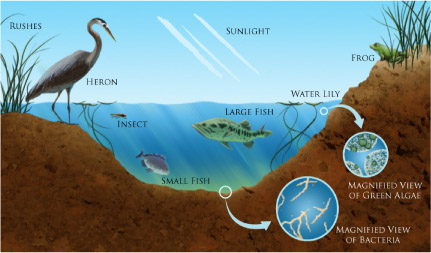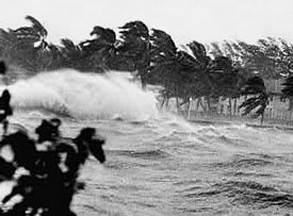|

DISCUSS THE IMPORTANCE OF BIOMES AND ECOSYSTEMS.Plant and animal communities that share similar environments are called biomes. The rainforests you just read about are examples of a biome. The plants and animals in the rainforest are specially adapted to live in that type of environment. There are many different types of biomes; every climate type has a biome whose members are especially adapted for survival in that climate. There is the desert biome and the biome of the savanna. Even Antarctica, with its blistering cold, supports living creatures such as penguins that have adapted to the cold, and polar bears survive in the Arctic. Both the poles are part of the tundra biome. In these areas, nearly all of the plants and animals are adapted to grow and reproduce in a short growing season. Within any biome there are numerous ecosystems. An ecosystem is a group of plants and animals that are dependent on one another for survival. Within the biome of a tropical rainforest, there are thousands of species of plants and animals. Many of them are interdependent on one another; it is this interdependence that creates an ecosystem. A biome can contain many ecosystems and an organism can be a part of more than one ecosystem. Biomes and ecosystems are not limited to landmasses. Oceans, lakes, rivers, and ponds are all a part of one biome or another and they contain many ecosystems. Off the coast of California, in the Pacific Ocean, there is a forest of giant kelp. This kelp forest is similar to land forests. It is heavily vegetated and schools of fish swim in its fronds. Birds and marine mammals rely on the forest as their fishing ground. Small creatures, such as snails and other marine organisms, attach themselves to blades of the kelp.
Many ecosystems have an interrelationship between land and bodies of water. A great example of a small ecosystem is a pond community. As is the case with all ecosystems, sunlight is the community's primary source of energy. The sunlight is the beginning of the ecosystem's food chain. The solar energy is captured and used as a food source by plants in a process called photosynthesis. The plants in this case are algae, rushes, and water lilies. The growing plants are then used as a food source by the animal life. For instance, the insects use the pollen from the plants, and the small fish eat algae and other aquatic plants. The insects and small fish are then used as food sources by larger creatures such as frogs or larger fish. The larger fish and frogs are then eaten by even larger animals such as the heron. Lastly, bacteria feed off the waste from animals or decaying plants; the bacteria breaks down these materials, which then creates and adds nutrients to the soil. The plants then draw the nutrients from the soil. The interdependence is not limited to food sources. For example, the plants rely on insects for pollination and the animals use the plants to build nests and homes. Plant seeds are spread and fertilized by animal waste. As you can see, the plants and animals are critical to one another's existence.
Like all living things, humans are also part of ecosystems. However, humans have the ability to manipulate or change ecosystems. Sometimes those changes are detrimental to the other members of the ecosystem. One example of that occurs in mountainous or wooded regions where people build communities. The areas naturally support wildlife, but many of the large predators, such as bears or mountain lions, are forced out of the area by human activities. This means that the predators' natural prey, which is often deer, are no longer killed, and so the population of these animals increases. Sometimes the increase in population results in too many animals trying to graze on a limited amount of grass. The consequence for those animals is starvation. Natural disasters can also destroy ecosystems by killing or dispersing the various members so that they are no longer in a position to rely on other members of their group. Ecosystems are fragile and must stay in balance in order for the members of the system to survive.  
|
About Us | Terms of Use | Contact Us | Partner with Us | Press Release | Sitemap | Disclaimer | Privacy Policy
©1999-2011 OpenLearningWorld . com - All Rights Reserved



